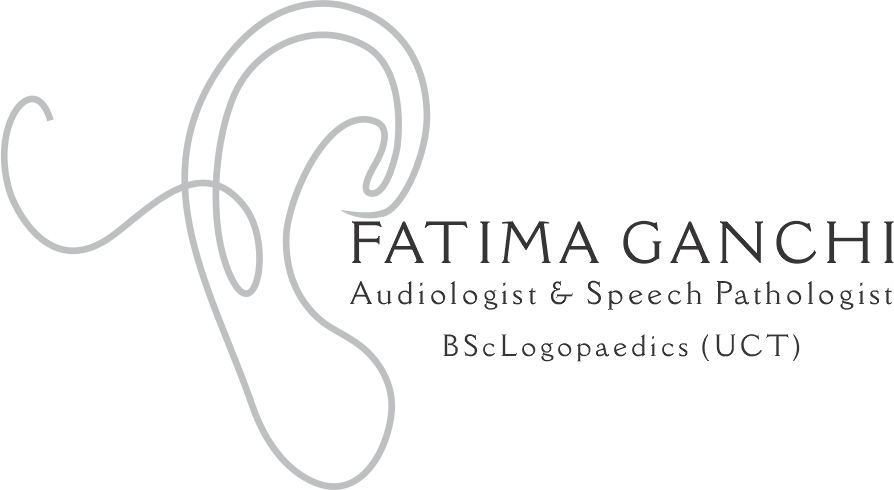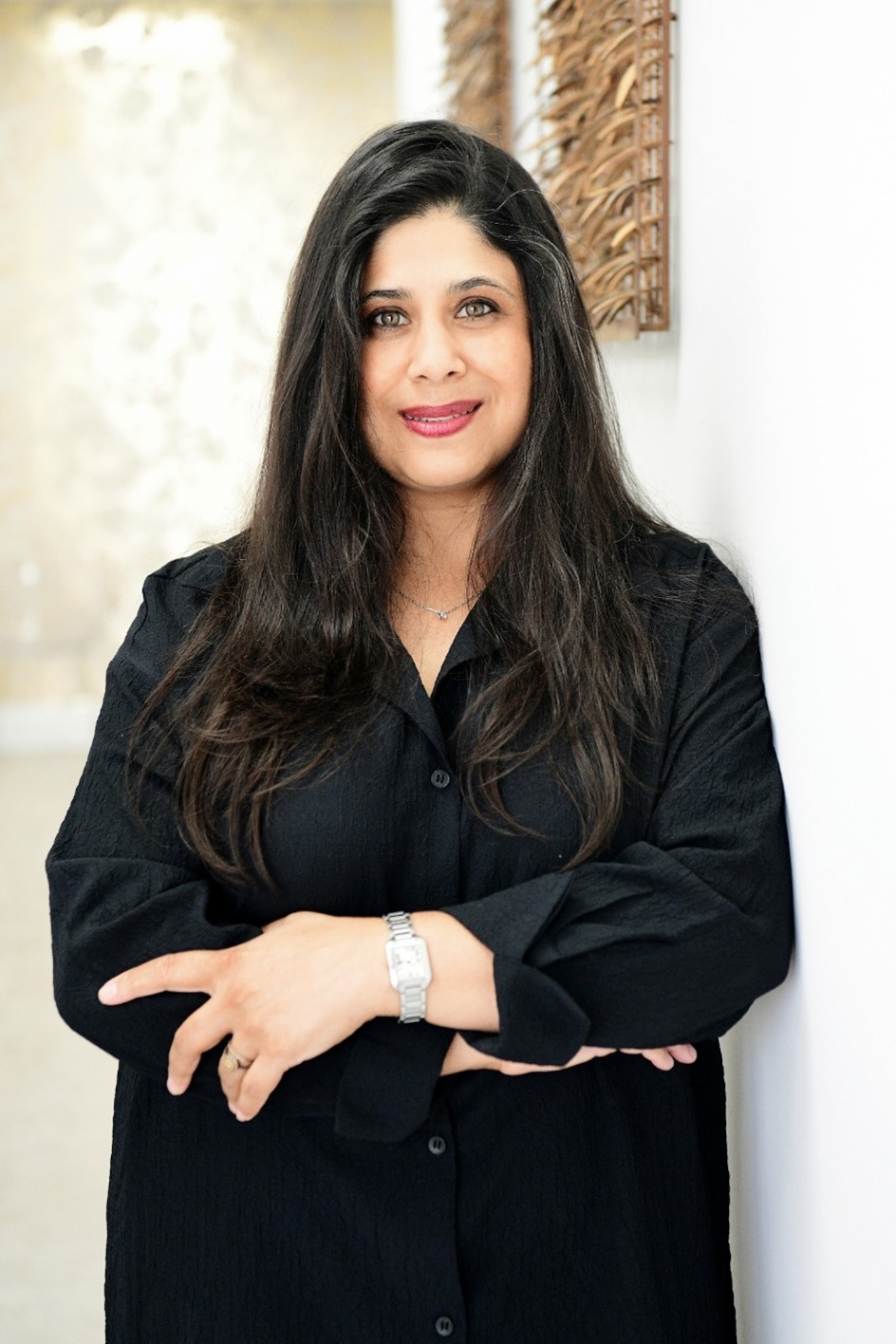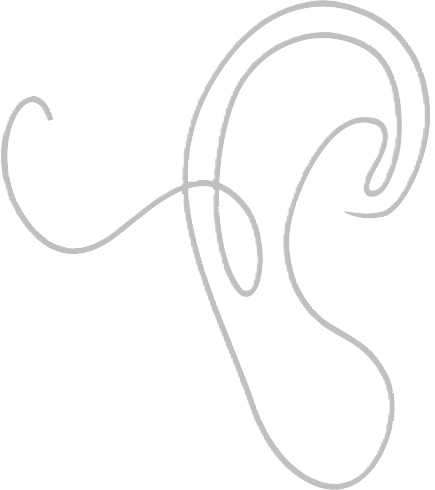
Every individual deserves to Hear the Rain, Hear Laughter, Hear Life…
Audiology and Speech Practice
The world of hearing health care is rapidly evolving through exciting technological advancements and new innovative diagnostic and rehabilitative methods. At Fatima Ganchi Audiology and Speech Pathology we pride ourselves on staying ahead by investing in state of the art equipment and offering hearing aid technology that is personalised to each patient’s individual audiological profile and lifestyle needs. Helping you achieve your best quality of life is our primary goal. We do this through a deep understanding of your individual needs and aspirations, coupled with our professional expertise, advanced diagnostic tools and superior hearing solutions .

Our Audiology & Speech Services
Hearing Aids
Hearing Impairments
Hearing Protection
Hearing Assessments & Evaluation
Medico-Legal
New Born Hearing Screening
Tinnitus Management
In-Hospital Adult Dysphagia
In-Hospital Adult Speech and Language Therapy
Frequently Asked Questions
Why does my hearing aid whistle?
Whistling or feedback may be caused by a few things. A build-up of wax in the ear canal or in the earmould or receiver in the ear often results in feedback. An Ill-fitting hearing aid that isn’t fitted into the ear canal correctly may also result in feedback. Sound may escape out of the canal and result in feedback. A volume setting that is too high may also result in feedback.
There’s not a lot that you can do at home so if you experience whistling we would advise you to book in with one of our Audiologists to assess the issue.
How long does a rechargeable hearing aid last with a full charge?
A full charge takes 3-4 hours to fully charge and will provide you a full 16-24 hours’ worth of battery life depending on the brand. If you forget to charge them, a quick 30 minutes booster charge will provide you with 3-6 hours of battery life.
What should I do if my hearing aid gets wet?
Most hearing aids are water-resistant but not waterproof. If your hearing aid does get wet we recommend placing it in your drying kit to allow the moisture to dry out. If this is to no avail come by the Practice and we will organise a repair and a loan hearing aid.
What is the difference between the different levels of technology?
Hearing aids come in various different technology levels, which revolve around the clarity that the hearing aids can provide, how well they cope in background noise and the degree of automation that the hearing aids have. Your Audiologist will go into detail on the ones that they feel are most appropriate based on your lifestyle and hearing test results.
How long should the battery last?
This all depends on the hearing aids and the batteries that they use:
- Completely in the canal (CIC) and Invisible in canal (IIC) size 10 hearing aid batteries: 4-7 days
- Receiver in the ear (RITE) size 312 hearing aid batteries: 7-10 days
- Behind the ear (BTE) size 13 hearing aid batteries: 10-21 days
What should I do if there is no sound coming from my hearing aid?
First and foremost check and change or charge the battery, followed by the wax guard. If this fails please call the Practice and we will book you in to see one of our Audiologists to diagnose any issues with your hearing aid. If it can’t be repaired in the rooms we may have to send it off to the manufacturer lab for repair or service, and we can offer a loan hearing aid in the meantime.
How do I use the phone or TV with hearing aids?
Your Audiologist will show you the most appropriate way to use your phone with your hearing aids and how best to watch the television with your hearing aids. Some hearing aids have Bluetooth connectivity and it is possible to stream sound from your phone or television directly to your hearing aids, as well as have the ability
to independently control the volume without any disturbance to others around you. Please ask your Audiologist for all available options
Should I get hearing aids with batteries or rechargeable options, what are the benefits of each?
Rechargeable options are often preferable for dexterity and ease, as well as from a cost perspective. They are often slightly larger in size however, albeit marginally so. There are also currently no invisible or completely in the ear devices that come in a rechargeable option or with Bluetooth capabilities, therefore this is something to bear in mind when discussing styles of hearing aids with your Audiologist.
